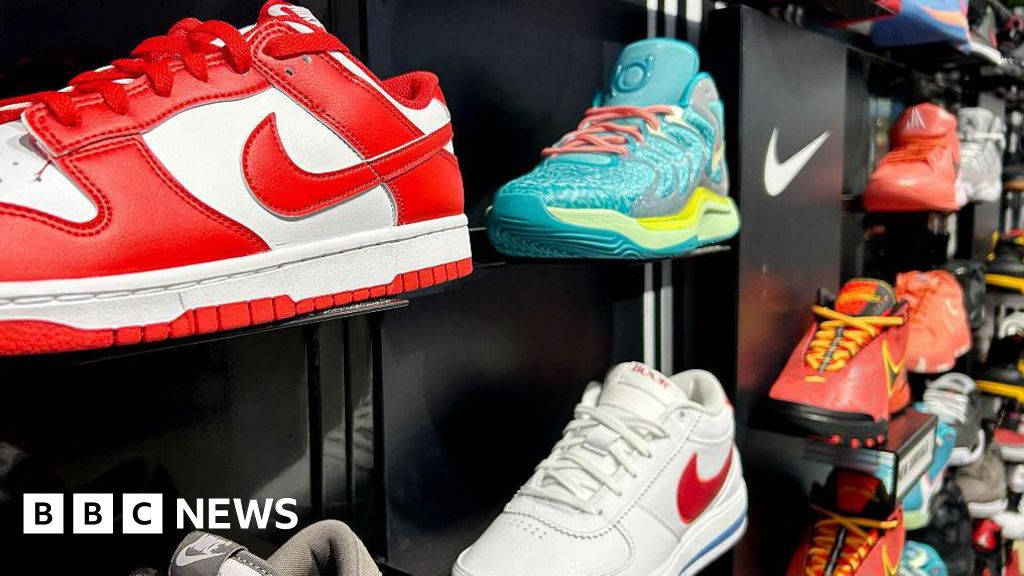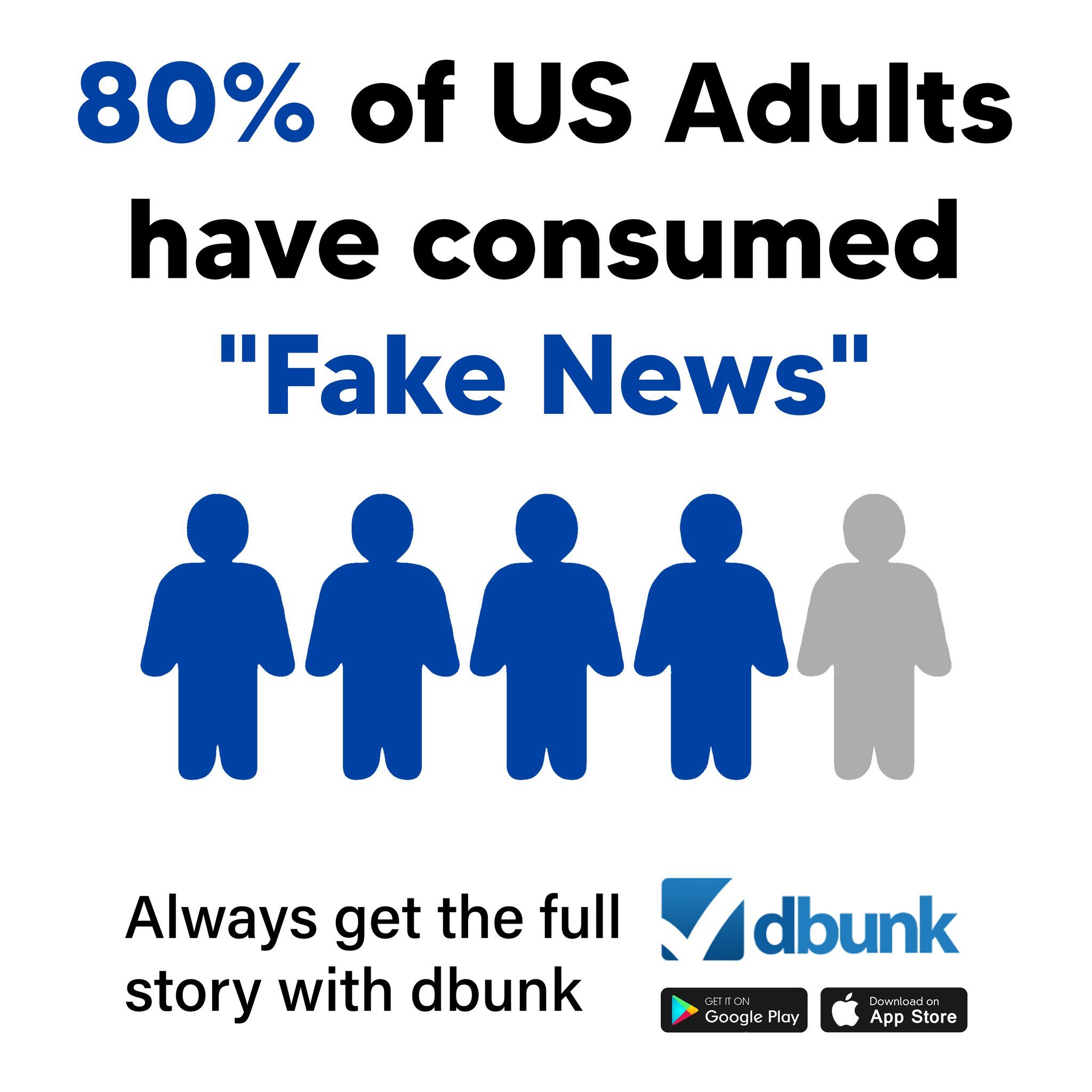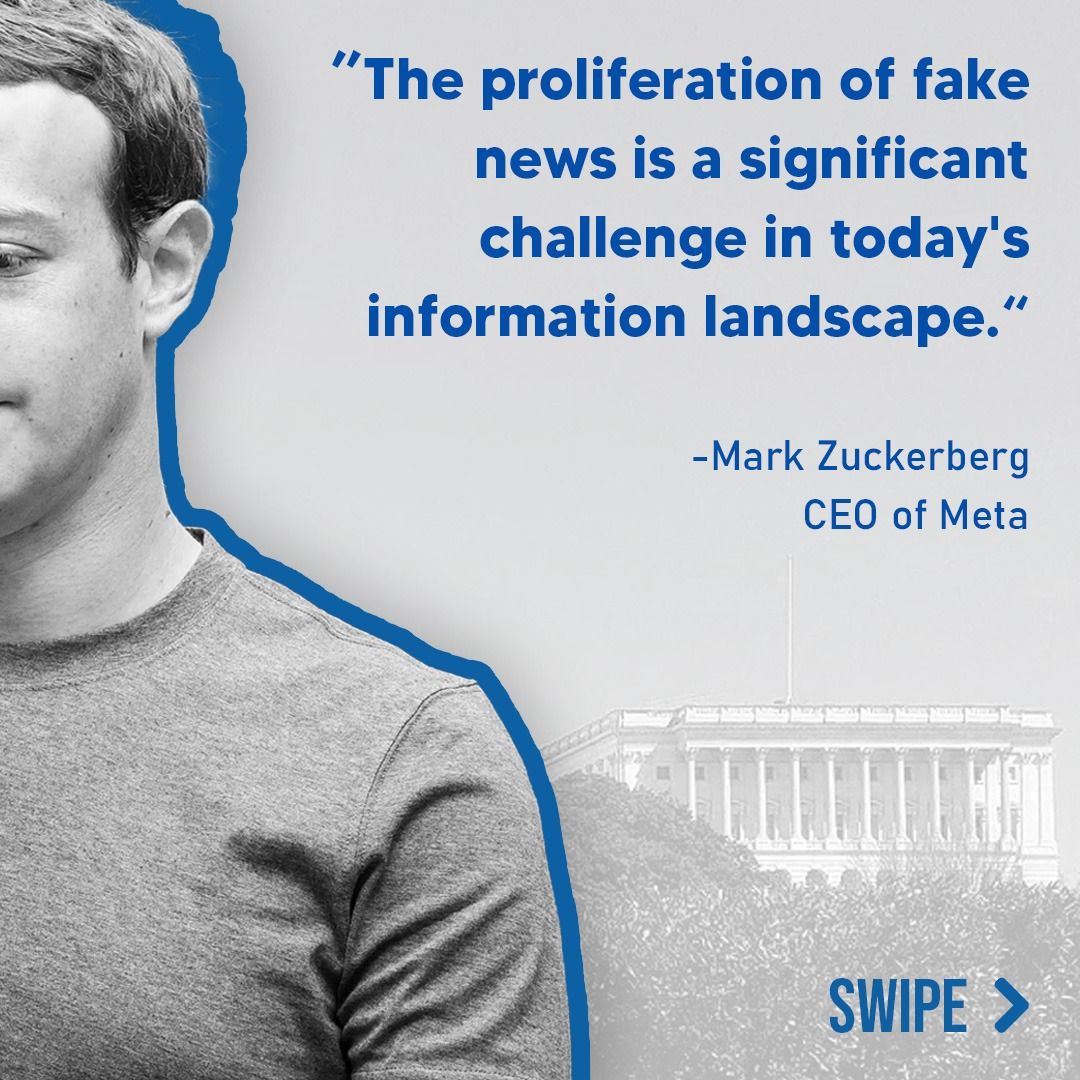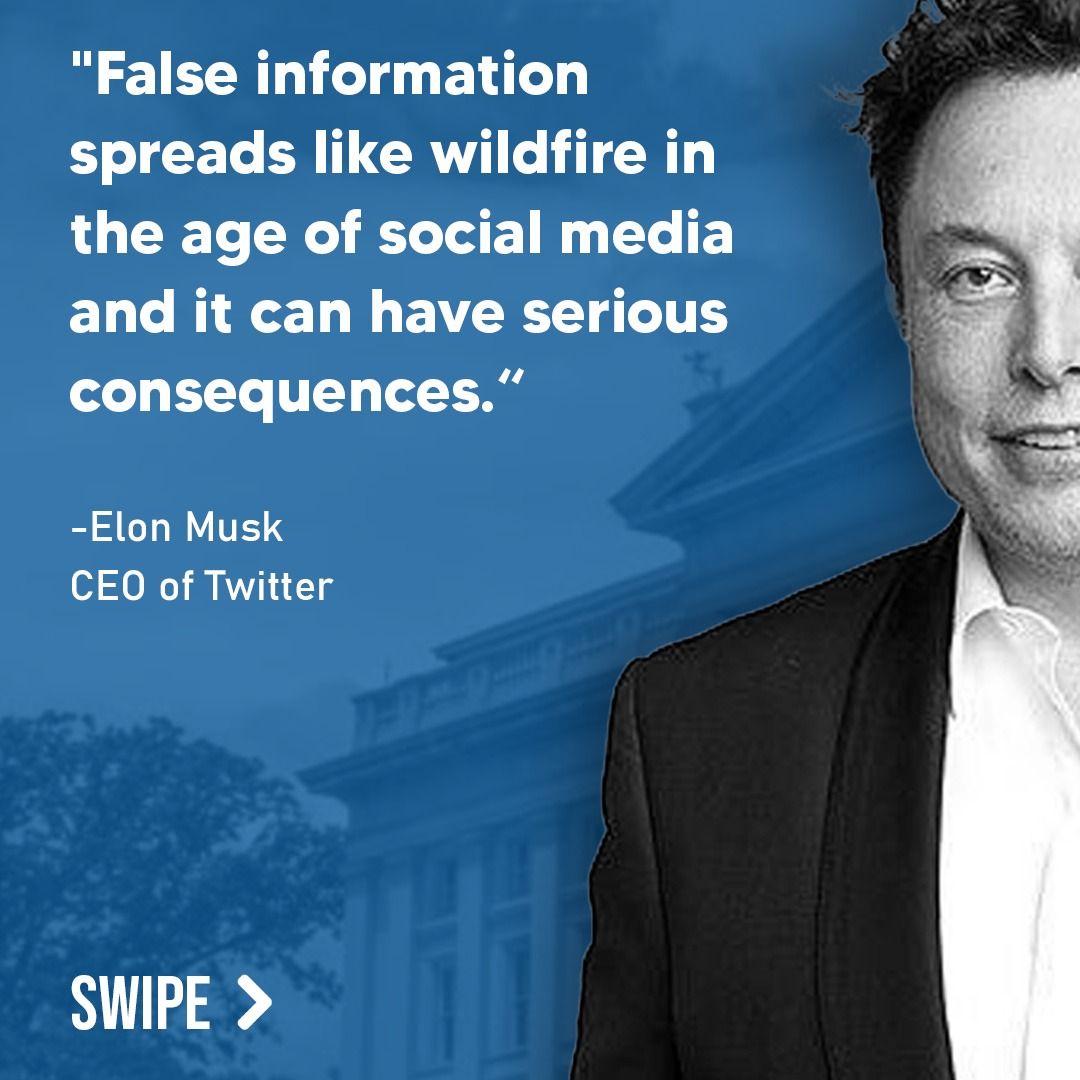
Introduction
Nike’s recent announcement to raise prices on its U.S. products has sparked public skepticism—especially surrounding the timing of the move. With new U.S. tariffs targeting Asian manufacturing nations like Vietnam (where Nike produces much of its goods), some readers question whether the price hikes are merely “seasonal adjustments” or a veiled response to increasing import costs. This investigation aims to resolve whether Nike is disguising a tariff workaround behind routine pricing changes, or if the timing is indeed coincidental.
Historical Context
U.S. tariffs—especially under former President Donald Trump’s administration—have frequently caused tension between domestic companies and international trade partners. Tariffs are taxes on imports that can lead importers to raise retail prices to maintain profit margins. For years, companies like Nike, Apple, and Walmart have debated whether to absorb these costs or pass them onto the consumer. In 2025, a 10% base import tax still applies to goods from Vietnam and other Asian markets, with additional punitive tariffs delayed but looming. These economic conditions place companies in a volatile environment, where price increases may reflect wider market instability.

Fact-Check on Specific Claims
Claim #1: Nike claims its U.S. price increases are “seasonal” and not related to tariffs.
Nike stated that it “regularly evaluates” its business and implements pricing changes “as part of seasonal planning.” However, in March 2025, Nike’s CFO Matt Friend told investors the company faced “external factors that create uncertainty,” specifically naming tariffs as one. With prices increasing by up to $10 on many products from June 1—while tariffs remain active and additional levies loom—the claim of seasonality lacks full transparency. The choice not to mention tariffs in an official statement, despite acknowledging them to investors weeks prior, suggests omission rather than full honesty.
Verdict: Misleading by omission. Tariffs are a relevant factor that Nike failed to disclose publicly while acknowledging them privately—an inconsistency that matters.

Claim #2: Tariffs are paid by importers, not foreign manufacturers.
This claim is accurate. Tariffs are levied on the company importing goods into the United States, not the foreign company that made them. In Nike’s case, since it imports a large percentage of its products from Asia—especially Vietnam, which accounts for 50% of its footwear manufacturing—it is responsible for the added cost. Historically, companies may choose to absorb these costs or increase retail prices to pass them on to consumers. The article accurately explains this dynamic by stating, “Tariffs, which are a tax on imports, are almost always paid by the company that is importing the goods.”
Verdict: Accurate. Tariff mechanics as described in the article align with U.S. Customs and Border Protection policy and economic consensus.
Claim #3: Nike’s increase affects only shoes over $100 while exempting Air Force 1s and children’s products.
This detail is consistent with Nike’s pricing strategy outlined during investor calls and press releases. According to the article, Nike confirmed that shoes priced over $100 will rise by up to $10, while popular models like Air Force 1s, kids’ items, and lower-tier apparel remain priced the same. Exempting Air Force 1s—a high-volume, lower-cost item—may help Nike retain customers who are more price-sensitive. By targeting mid- to premium-priced products, Nike likely aims to preserve revenue without overwhelming budget-conscious shoppers.
Verdict: Accurate and verifiable. Nike’s targeted pricing structure matches both company policy and market documentation as of May 2025.

Conclusion
The article presents mostly factual information, but it lacks full transparency in one crucial area: Nike’s quoted reasoning behind the price hike. While the company attributes the increase to seasonal planning, internal financial statements and executive commentary demonstrate that looming tariffs are a significant factor. This discrepancy raises valid concerns about selective messaging. In contrast, other aspects of the article—including the structure of tariffs, product exemptions, and the impact on different Nike items—are reported fairly and correctly. Overall, the reporting is mostly accurate but omits key context surrounding the true influences on Nike’s U.S. pricing decisions.

Encourage Readers to Take Action
Want to stay one step ahead of news spin? Download the DBUNK app now for free and get transparent, nonpartisan truth every day. Follow us on social media and help lead the fight against misinformation.
Link to Original Article
https://www.bbc.com/news/articles/c3315er3gygo

